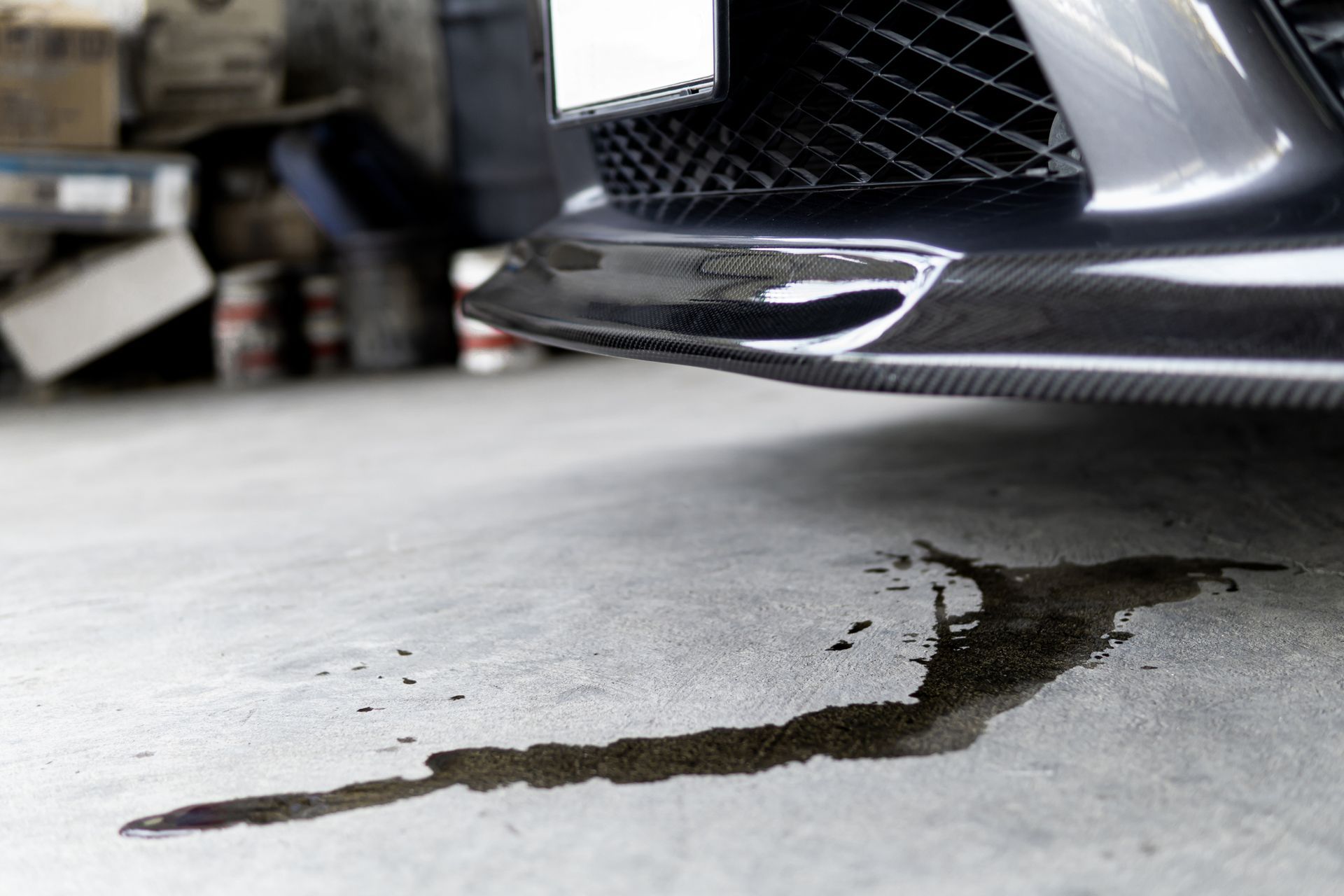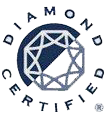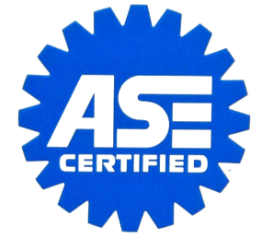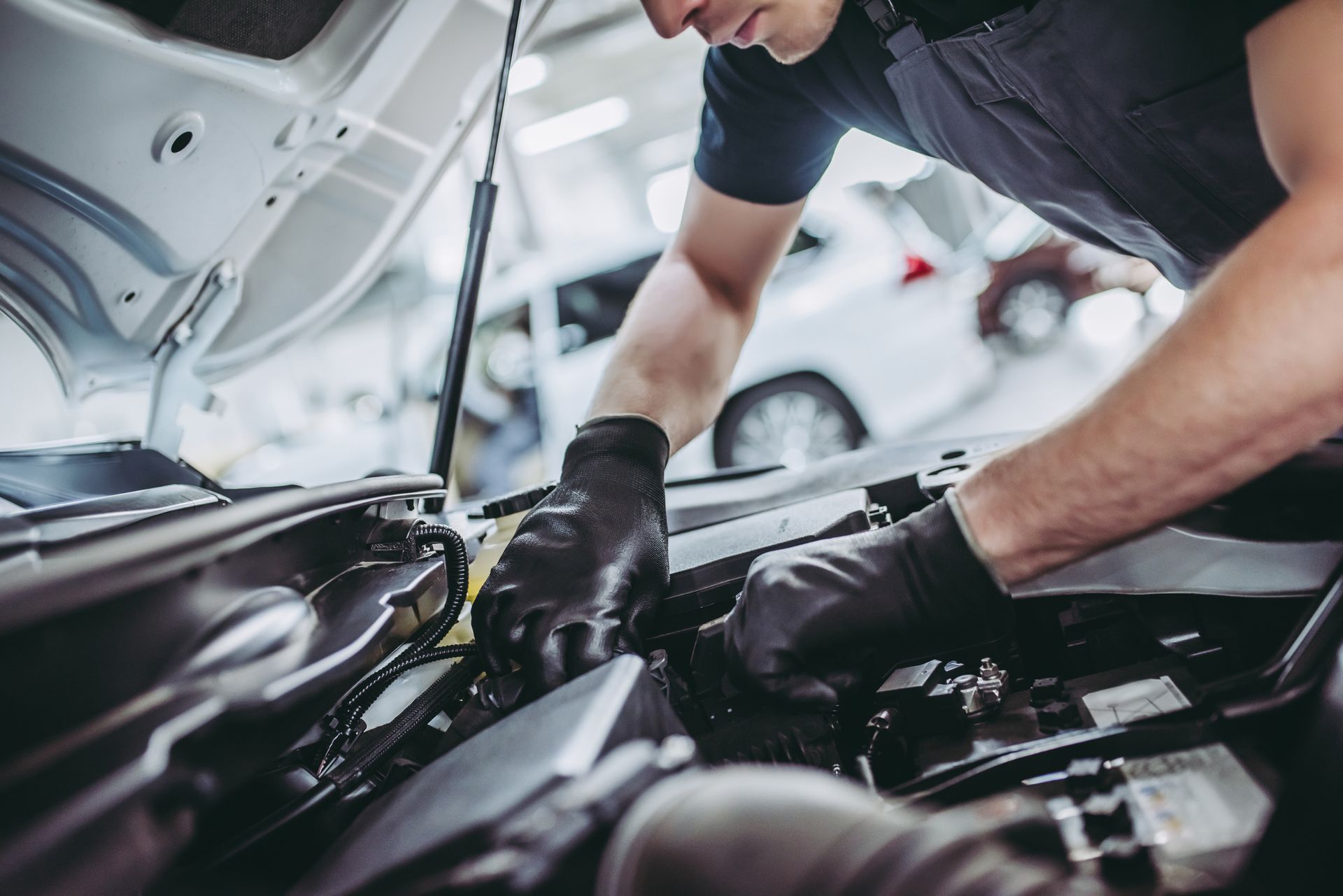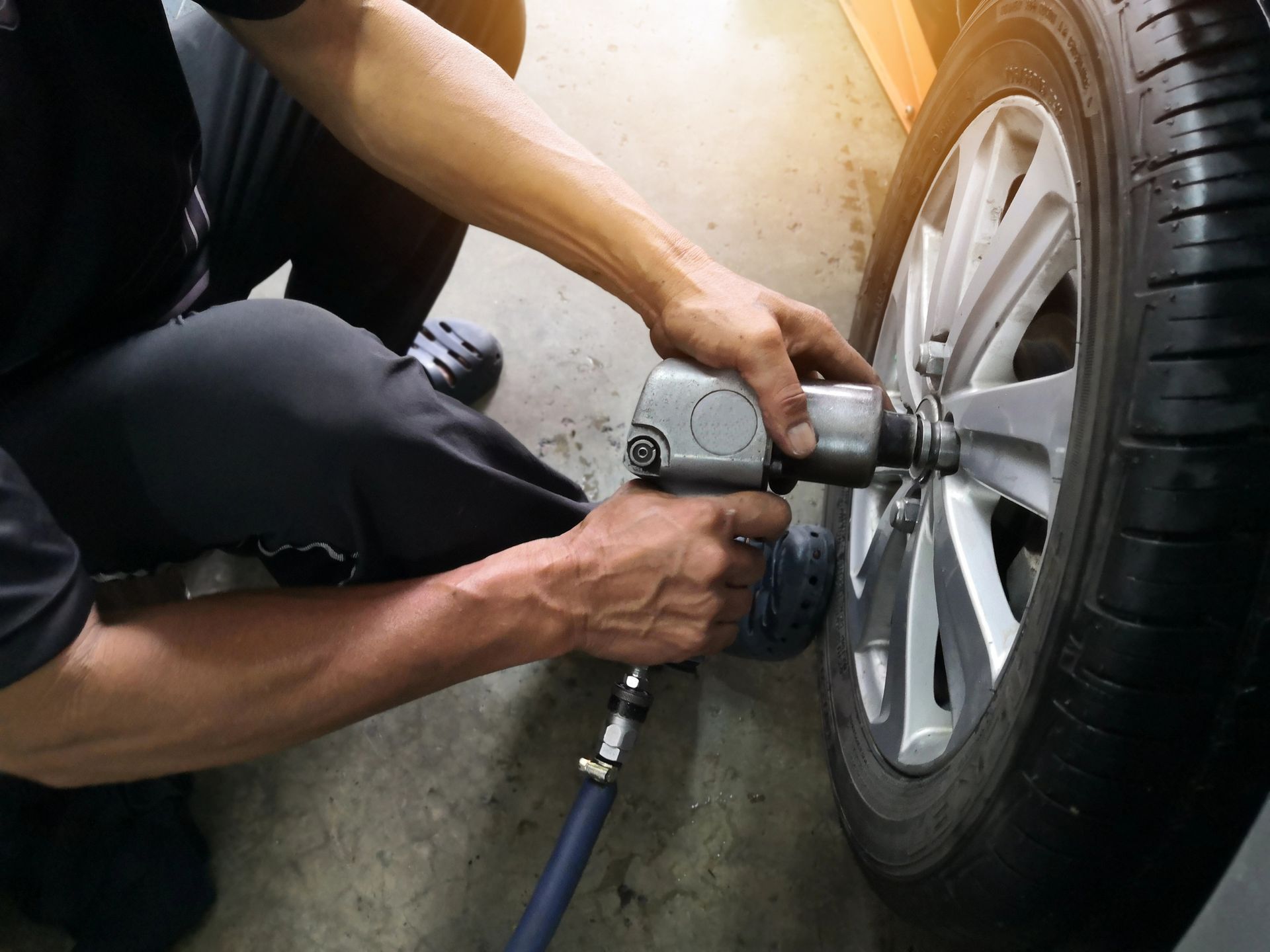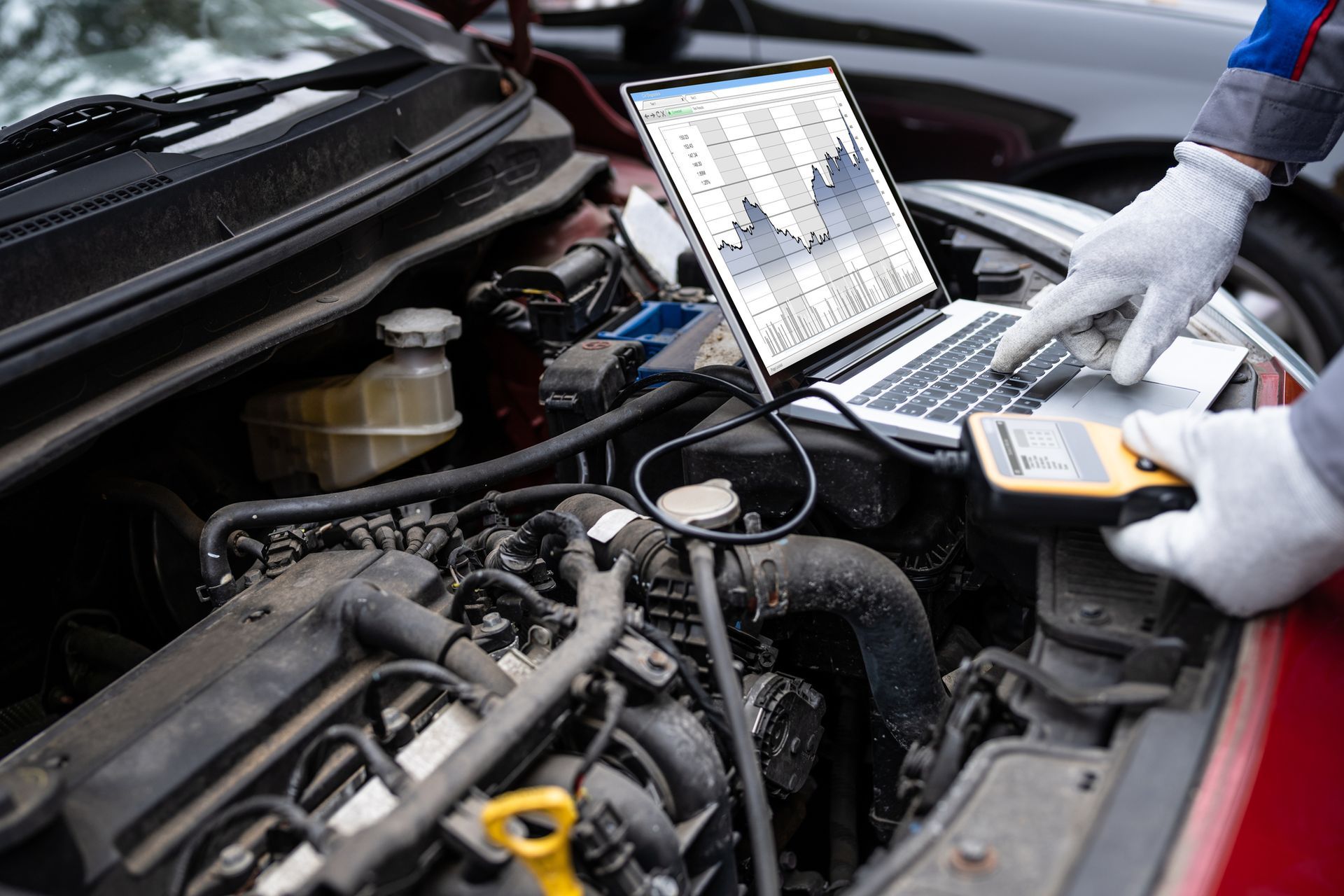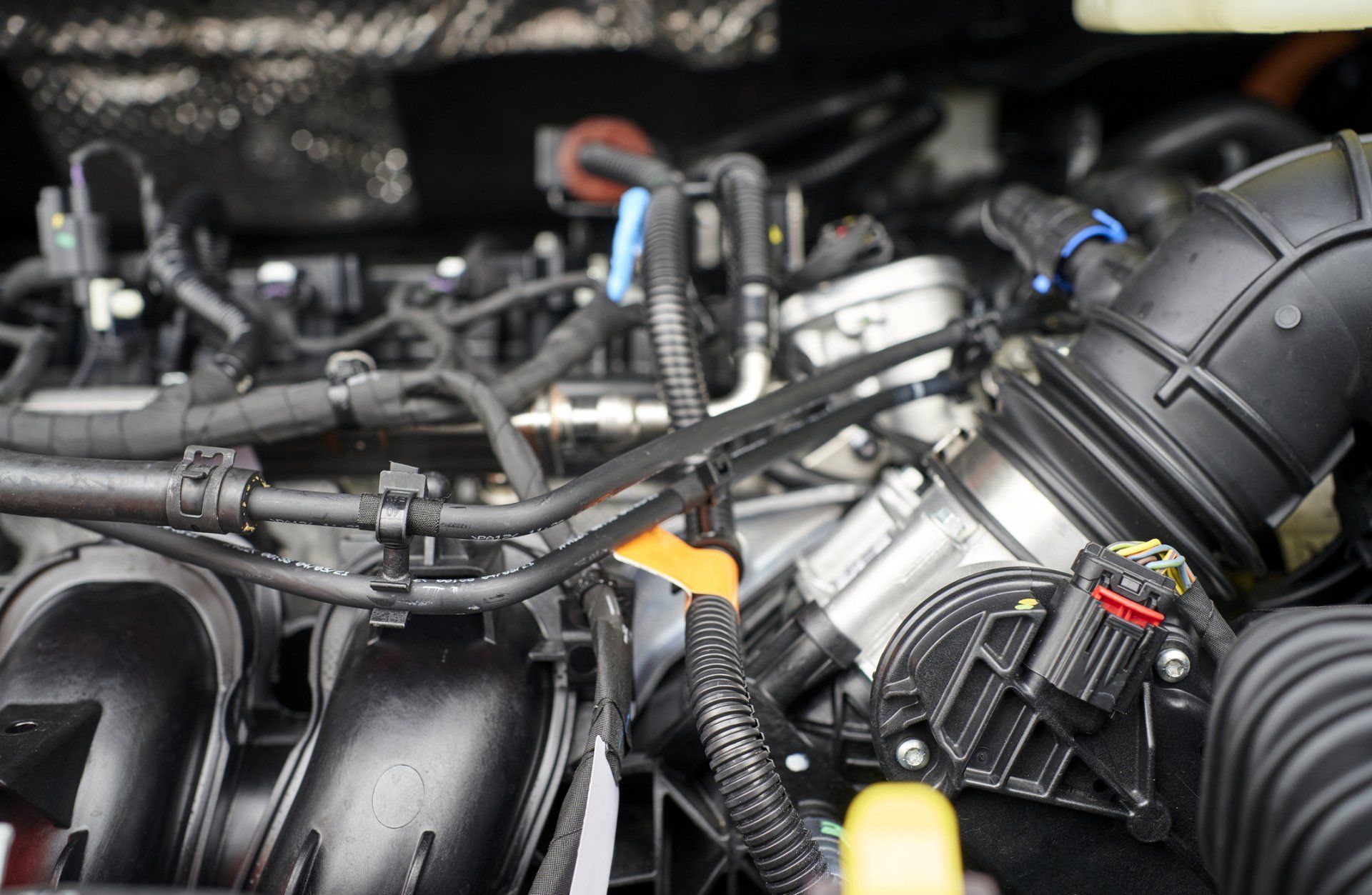3 Reasons Your Car's Power Steering Went Out

Turning the wheels on a car requires a lot of force, thanks to the heavy-duty nature of steering and suspension systems. In the past, drivers had to supply a lot of this force themselves, literally wrestling their car's wheels into place. Fortunately, today's cars contain power steering systems that supply most of the force needed to turn.
Yet if a power steering system is unmaintained, it may cease to function correctly. Such a problem commonly results in increased resistance in the steering wheel. This article outlines three issues that can cause your power steering to go out.
1. Low Fluid Level
Just like your brakes, the power steering in your car constitutes a type of hydraulic power system. Hydraulic fluid transfers force from your steering wheel to your car's wheels. This additional force greatly reduces the amount of effort you must supply when turning your car.
Also like your brakes, the power steering system may fail to work properly if its fluid levels become excessively low. Like all fluid systems in your car, the power steering system loses small amounts of fluid as time goes on, eventually reaching a critical level. Leaks in the system may also lead to more rapid, chronic fluid losses.
Ultimately, low fluid prevents your power steering from working. Before that, however, you may notice a range of other symptoms. These include odd screeching noises when you turn your steering wheel, erratic or jerky steering wheel movements, or mysterious puddles beneath your car.
2. Bad Serpentine Belt
At the heart of a power steering system lies a pump, which sends steering fluid from a storage reservoir to your steering box. This pump receives its power from your car's engine by means of the serpentine belt. The serpentine belt, also known as the drive belt, also supplies power to a range of other under-hood components, including your alternator and cooling system.
Serpentine belts consist largely of heavy-duty rubber. Over time, this rubber tends to stretch out, causing the belt to gradually lose tension. If a belt becomes too loose, it may struggle to turn the power steering pump. As a result, your power steering may seem to provide less than its usual amount of assistance.
If the serpentine belt should break completely, your power steering system will fail to work at all. In either case, you can narrow the problem down to the serpentine belt by paying attention to other affected systems. If you notice that your car's lighting or air conditioning systems also suffer, chances are you're facing an issue with your serpentine belt.
3. Failed Steering Rack
Your steering system contains a component known as the rack and pinion, which translates the movement of your steering wheel into the movement of your wheels. The movement of your steering column causes the pinion gear to rotate. This rotation, in turn, slides the steering rack to the right and left.
Although made from heavy steel, steering racks often suffer damage that prevents the power steering system from working correctly. Debris flying up from the roadway may strike and damage the steering rack. Likewise, chronically low fluid levels increase the amount of wear placed on the steering rack.
Not only does the power steering fluid supply the power to this system, but it also acts as a coolant, keeping temperatures within safe thresholds. Without adequate fluid, the moving parts of the steering rack often become overheated and fail. Old, dirty fluid can cause excessive amounts of friction that also hasten failure.
Power steering systems revolutionized the experience of driving a car. For more information on how to keep your power steering in good working order, please contact the auto pros at Letcher Bros. Auto Repair.
